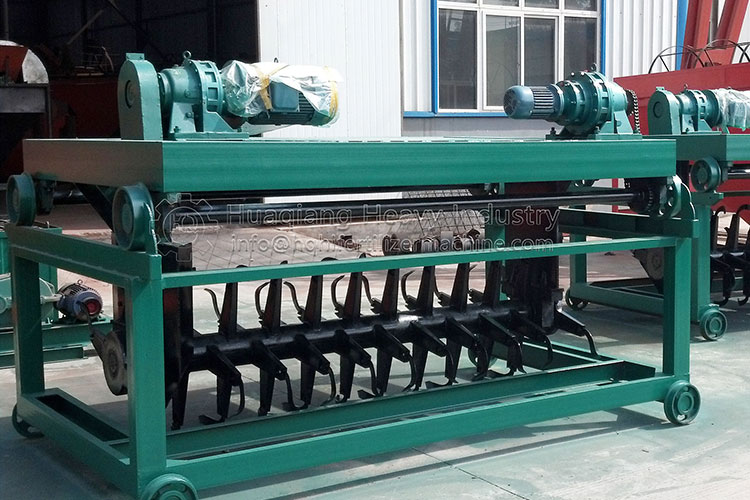
In organic fertilizer production lines, both aeration and turning play key roles during fermentation. Here's how they work and connect:
The role of ventilation
1. Provide oxygen: Keeps aerobic microbes active for faster breakdown of organic materials.
2. Control temperature: Prevents overheating or chilling that could slow down microbes.
3. Remove moisture and odor: Ventilation helps to remove moisture and odor generated during the fermentation process, reduce the accumulation of harmful gases, and improve the fermentation environment.
The role of turning the pile
1. Even materials: The turning of the pile by the compost turning machines can make the fermentation materials more evenly mixed, ensure that the microorganisms are in full contact with the materials, and promote the consistency and efficiency of fermentation.
2. Supplement oxygen: During the compost turning process, the contact area between the material and the air increases, which can effectively supplement oxygen and meet the oxygen demand of the microorganisms.
3. Regulate temperature and moisture: Prevents hot spots and soggy areas by redistributing materials.

The relationship between ventilation and compost turning
1.Team effort: Turning fixes uneven airflow between aeration cycles, while aeration keeps oxygen flowing when piles aren't being turned.
2. Flexible focus: Their importance shifts depending on what's being composted (like manure vs plant waste), pile size, and fermentation stage. Small batches might need more turning, while big systems rely heavier on automated airflow.
In summary, ventilation and compost turning play an important role in the fermentation process of organic fertilizer production line, and their importance depends on the specific fermentation conditions and requirements.